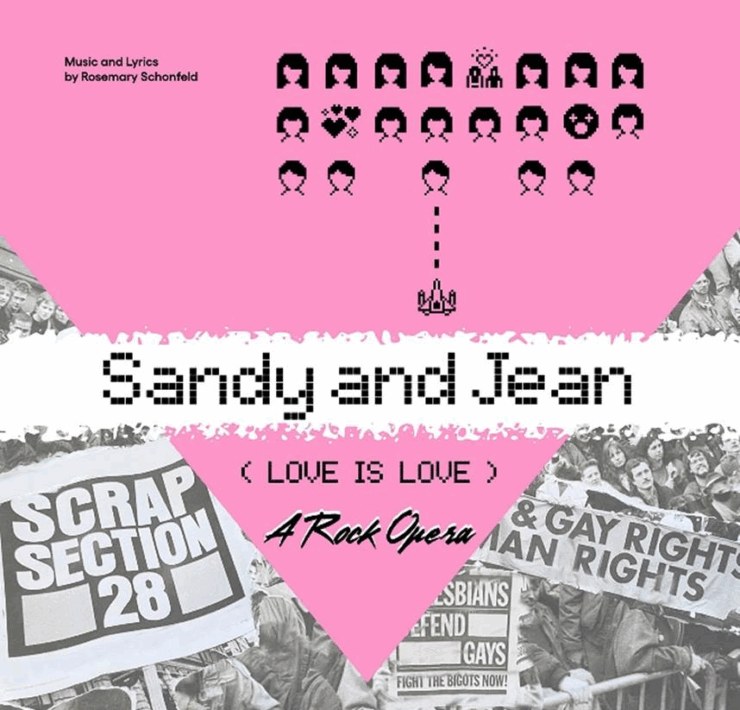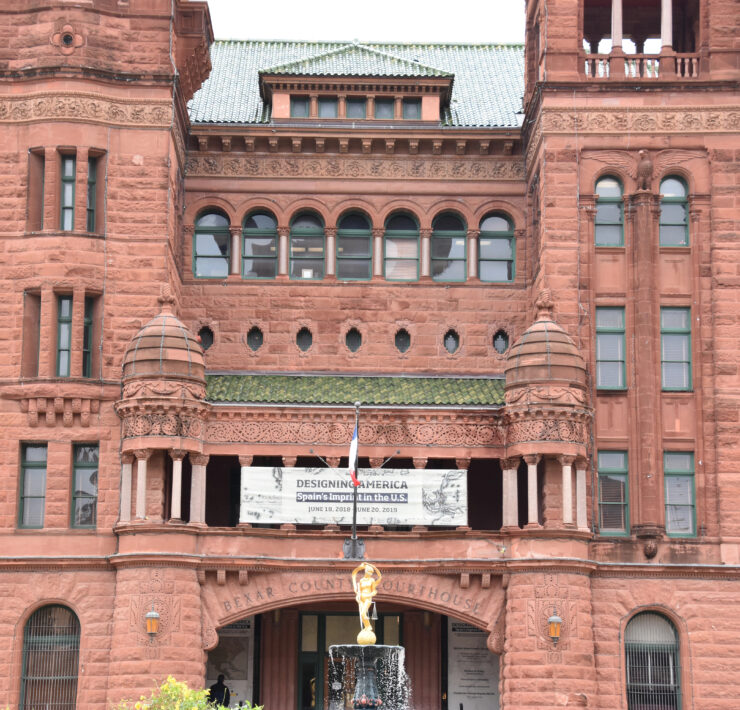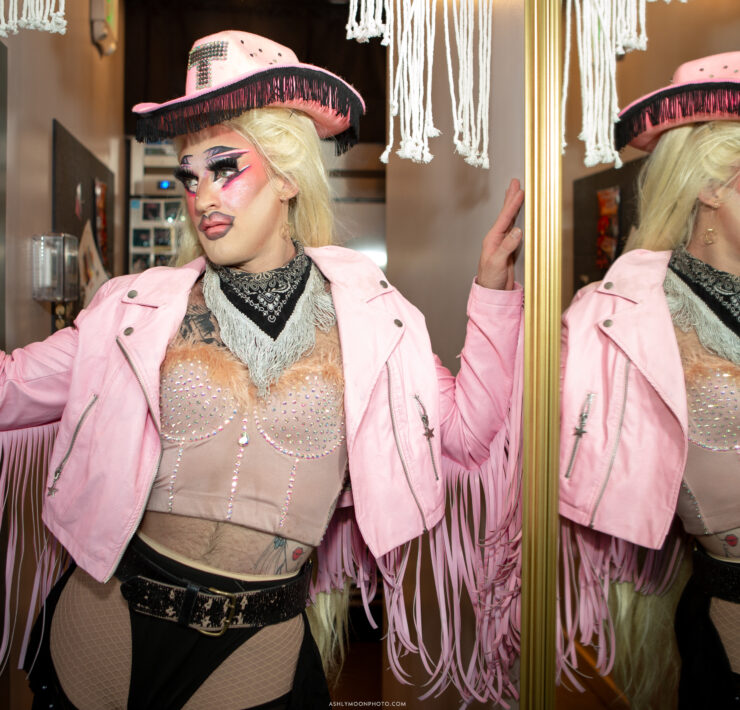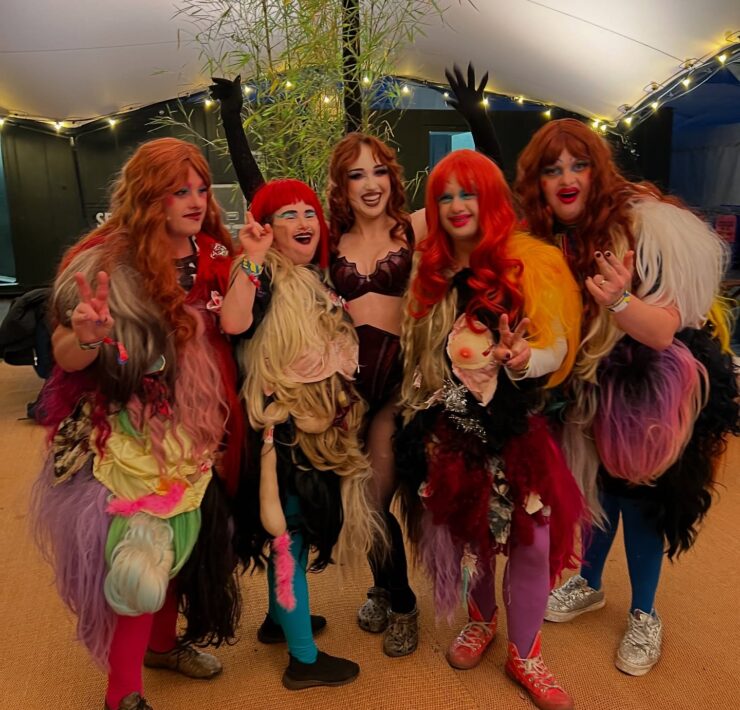The Body Modification Industry Needs to Be More Inclusive

Keegan (they/them) is a journalist/artist based in Los Angeles.
We talk a lot about major, booming industries in the U.S. and their lack of accessibility for different groups, and while I have spent the last year in this magazine talking about the joy of all people embracing body modification, it’s my final Mods column, and that charming sentiment ignores that this industry is not without its share of issues surrounding inclusivity, or lack thereof.
As I’ve aged and continued to embrace my queerness and transness, I’ve noticed my tattooing has unconsciously linked itself to those parts of my identity in the concepts I’ve gravitated toward. It wasn’t until I sat down to write this column when I truly thought over how important it is to me today to know I have an affirming artist and that the space I’m going to, to endure multiple hours of pain, is comfortable and affirming of my identity.
Sometimes, the shift tattoo artists collectively made to Instagram makes this selection process feel fairly simple from a client perspective: I can see how the person speaks about their clients, the types of clients they work on, the subjects they tackle, and sometimes, I can see what an artist posts to their story that helps to show what beliefs they hold.
However, social media is not reality; it’s a performance, and I find I truly come to understand how affirming or accepting an artist is when I show up to the studio.
I think of the artist who tattooed my knees last year, whom I followed for a good year before I reached out and saw she was vocal online as part of the LGBTQ community and an ally to other communities. I knew from our conversation that her captions—truly grateful for the opportunity to adorn many folks with new art—and story posts were authentic.
She started the session telling me to let her know if she did anything that made me uncomfortable, and that she would ask before touching me in a new area. It was nice to understand that, even though many folks assume I am a cis man based on my appearance, that my artist—my perceived or actual gender aside—made a conscious effort to ensure all of her clients were comfortable and had the space to communicate with her.
Another artist I had followed for sometime and realized, following my move from Denver and his move from Portland, we ended up in the same city, his DTLA studio just 20 minutes from my Hollywood apartment.
I’ll admit, I just assumed he was queer based on the content he often tattooed—very cutesy, vibrant images that I resonate with strongly (so much so I’m currently donning three of his flash pieces)—but it was a relief coming into the ecclecticly decorated warehouse space to see “pronouns” listed as a field in my pre-appointment paperwork.
I don’t even remember what the topic was, but at some point, I even casually disclosed my nonbinary gender in relationship to our conversation during the appointment, and he didn’t even bat an eye; I didn’t either. It was incredible, and to be honest, it’s become my new standard.
There is something invaluable about trusting the person who is collaborating with you to adorn your body with new art, and I shouldn’t have to put myself back into a binary I don’t fit into or watch how queer I sound, look, or act as that is happening.
And it makes me think back to artists I’ve worked with and cases where I maybe didn’t have that same trust.
My entire right arm is tattooed by an artist whom I heard of through friends and family. While I’m happy with the art and still resonate with the ideas, I often look back at those appointments feeling differently.
Not that this artist was anti-LGBTQ: I think he cited that he had a gay brother, though his hypermasculine demeanor, the language he used in reference to other people, and often curt, one-to-two-word responses in conversation usually meant I was hardly comfortable talking about myself at all.
As time went on, I eventually navigated away from the artist, feeling as though sharing anything other than silence was almost an inconvenience to his ears and the time I was paying for.
I think about another artist—whom I would often engage in exciting conversations around conspiracy theories, spirituality, and the paranormal—and one appointment where conversation took a sour turn. He was talking about trans people and how the surgeries and hormones some folks embrace to feel more affirmed, safe, and secure in their gender expression bothered him.
I fired back, asking how it affected him and how he has the license to speak to these issues, given that he is a cis man who hasn’t experienced gender dysphoria. He kept arguing with me as the needle going into my left arm seemed to hit even harder than before with his pointed tone.
Finally, I told him that, while I’m happy we can chat about a variety of topics, that I am part of the LGBTQ community, I am a trans ally (and trans myself! Though that was a conversation I didn’t fully have with myself until a year or so later, mid-pandemic), that this is something we weren’t going to agree on, and I preferred we end the conversation.
While the artist agreed, and the rest of the session continued fairly routinely—and I have to admit, his artwork is still some of my most favorite on my body—I often look at the pieces he put on me and can’t help thinking back to that 10-to-15-minute interaction and how, having sat through multiple appointments up to that point, I didn’t even know this artist held those views, let alone that he would make them abundantly clear to me as a queer client until I established a boundary.
I don’t think it should be up to the client to filter out studios and artists that won’t be affirming, or to settle for studios and artists with the high possibility of ending up in an unsafe or uncomfortable situation. While tools like social media sometimes make it easier to seek out inclusive spaces, artists and studios need to be clear in their policies of inclusion and then put them to action when the appointments happen, including procedures that ensure action when safety is threatened by other employees and clients.
Some tools, like the Queer Bodymod Compass, already exist to help LGBTQ folks seeking new body art to find affirming spaces. And, as we continue to see the variety of people continuing to embrace body modification, I see more queer body modification enthusiasts and tattoo collectors like myself, embracing selectivity in the meantime, and rightfully so.
Tattooing and piercing—not to mention heavier mods—are intimate, body-altering procedures, and in accordance with the nature of this industry, body modifications professionals must get with the times in ensuring comfort and safety of all their clients.
What's Your Reaction?
Keegan (they/them) is a journalist/artist based in Los Angeles.










